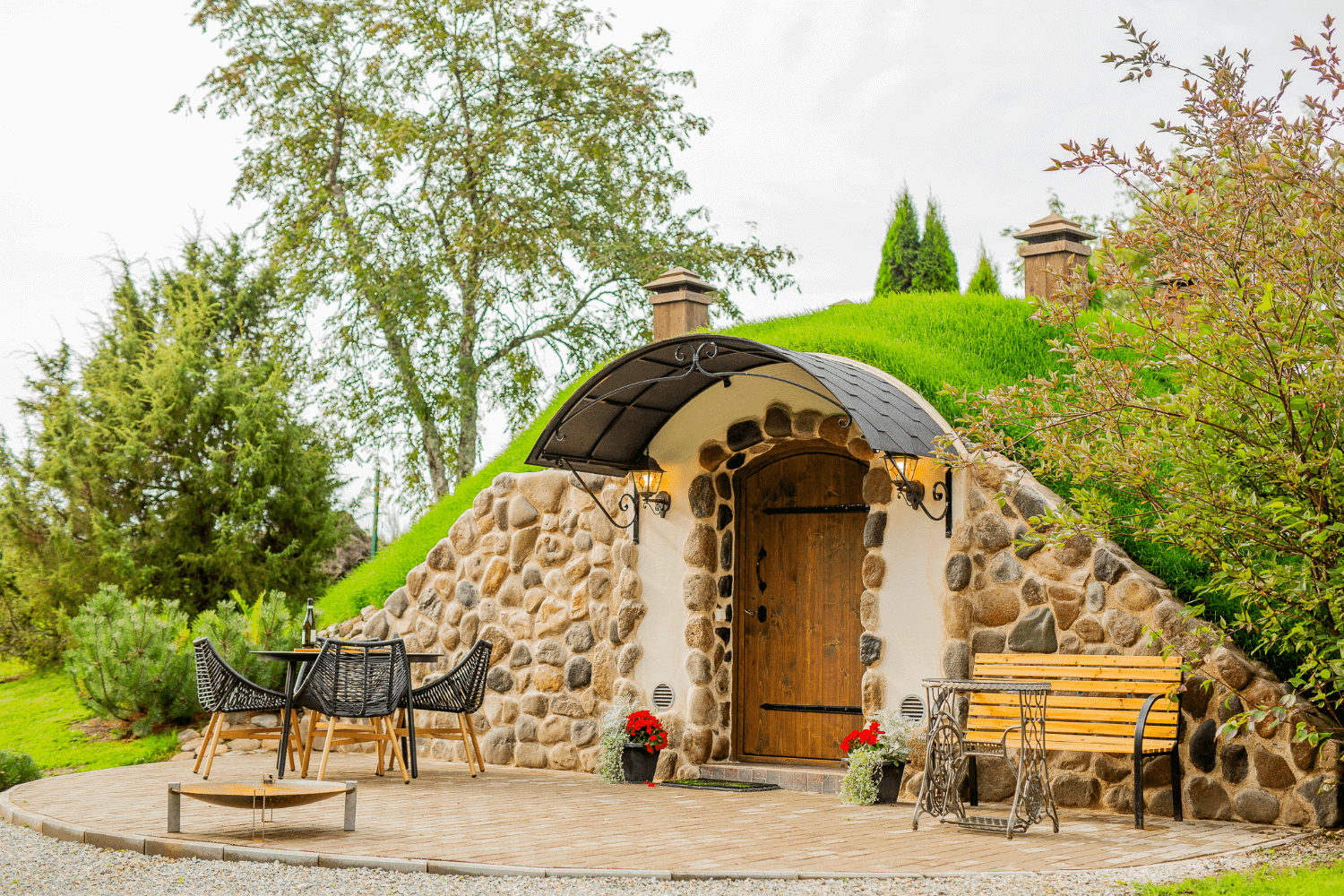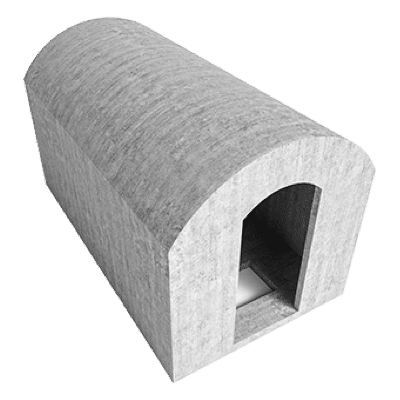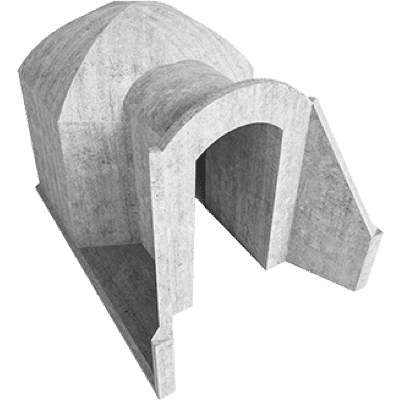Article published on 17.11.2022 in Õhtuleht – Kodu ja Ehitus.
The cellar has been a natural part of Estonian homes for centuries, whether it is a storage place under the house or a large cellar in the farm yard. In recent decades, the cellar has increasingly lost its role, and some time ago you could have thought that it was a facility destined to disappear: why a cellar, they asked – there are refrigerators! Once again, however, it turns out that everything comes around at a full circle.
It was only just when the younger crowd didn’t want to hear anything about making flower beds or making jam – that was something that grandparents did. Attitudes have imperceptibly changed: again, young families have started to build vegetable and berry gardens and grow their own food. It is less and less often said that storage is pointless, rather sweet shop jams tend to lose their charm, because healthiness has become an important keyword and there is more and more discussion about, for example, how to reduce the sugar content of preserves.
DIY is in vogue again – but all this home-grown, stored-baked stuff also needs a proper storage place.
Old cellar in a new form
There is a former cellar under some private houses, but many of them have not been paid attention to for a long time. Should you look for a construction company to fix the basement? If the house has been repaired, perhaps some additions have been made, basement windows have been closed, etc., it is not certain that the once good storage environment of the basement can be restored at all.
“However, no one has to be left without a basement,” confirms Helar Laur, sales manager of Revonia, which builds modular basements from monolithic concrete. “Our modern modular cellars follow the old cellar traditions, they can be installed in a farm yard like an old earth cellar or fit into the yard of a townhouse instead – and if the customer wishes, we can also give the cellar a completely new role.” The earth cellar, as the name suggests, is located in the ground – the soil surrounding the cellar modules regulates the storage space and the climate. In the old earthen cellars, which were primarily used for the storage of fruit and vegetables and storage, greater contact with the ground was necessary in order to maintain the humidity level required for good storage conditions in the room. All this has been taken into account in the case of Revonia modular cellars, a well-thought-out construction technical solution has made it possible to fully preserve the traditional characteristics of the cellar.
Helar Laur says that the smallest Revonia cellar that a person could get in the corner of the yard is really tiny, only 4.5 square meters – but you can also order ten times larger. Everyone can choose the layout and purpose of the room according to their wishes and needs.
“The installation of the modular basement is easy for the customer, because there is no need to pour concrete. To install a normal storage cellar, you have to dig a hole, fill the bottom of it with sand and crushed stone, which is finally covered with a geotextile,” Laur describes. “The basement building is simply raised in place and covered with a layer of soil. It can be installed on location in one day.”
Wine or cheese cellar
About a meter of soil is also transported to the roof of the modular basement and mostly grass is sown there. Of course, the more impatient can roll out a pre-grown lawn carpet on the roof, and people with a practical mind can plant pumpkin and cucumber plants or flowers instead – whatever someone prefers.
“Revonia modular basements are made of durable reinforced concrete. The building is protected from the outside with waterproofing, i.e. PUR foam, and the inside is finished with natural lime plaster,” describes Laur.
“Such a solution regulates humidity well and also prevents mold and fungi.”
According to Laur, cellars intended for different purposes are distinguished by the balance of humidity and temperature. Different types of floors are used to regulate humidity – depending on the purpose of the basement, they have more or fewer moisture holes.
For example, an ordinary country cellar is not suitable for preserving, aging, and storing wines, because wines require special storage conditions. The bottom of the wine cellar is poured concrete and special air vents regulate the airflow.
In the same way, a special floor helps to maintain the necessary indoor climate in the cheese cellar, where the humidity and temperature ratio also depends on the type of cheese for which the cellar must be suitable. In certain cases, it is also necessary to use an air-source heat pump to play with the temperature.
“In appearance, our earth cellars can be exactly the same as they were a hundred years ago, all the doors are handmade, both the wooden parts and the nails and other forgings used on the doors,” describes Laur. “It’s also similar to the old farm days in that our cellars also offer the opportunity to store healthy food throughout the year.”
Not just a basement
Revonia has been building concrete vaulted buildings for nearly ten years both in Estonia and further away. “During this time, customers have given the basement modules a completely new purpose,” says Helar Laur. “Saunas have been built in them, they have been used as dark rooms for accommodation, cigar rooms – as many as there are people, there are also ideas and wishes. But regardless of the purpose for which rooms built from Revonia modules are used, it is certain that they are accompanied by low energy costs, close to zero maintenance costs, weather resistance, and quality.”
IA MIHKELS – ia.mihkels@ohtuleht.ee




